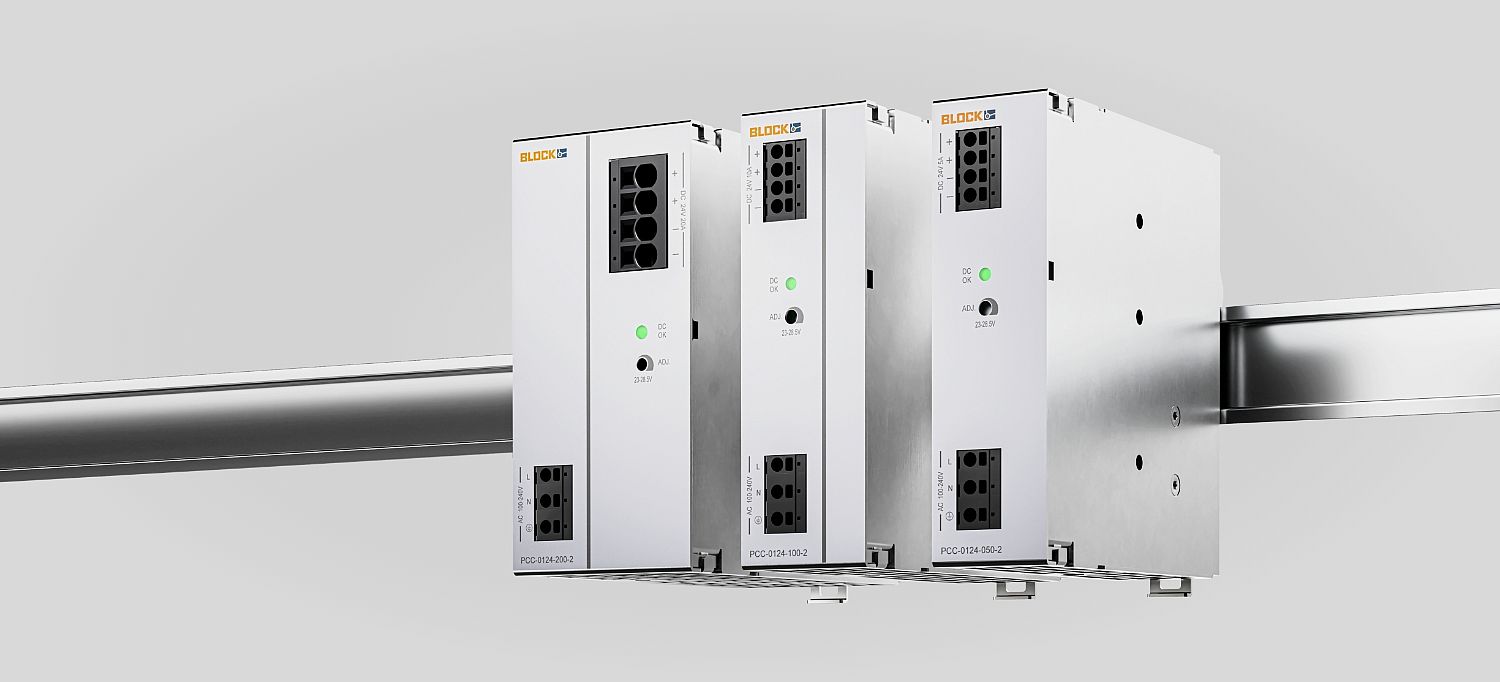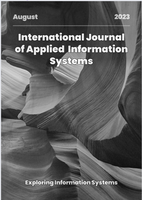The week's pick
Random Articles
Reseach Article
Deep Learning an Overview
| International Journal of Applied Information Systems |
| Foundation of Computer Science (FCS), NY, USA |
| Volume 12 - Number 21 |
| Year of Publication: 2019 |
| Authors: Fahad Masood Reda |
 10.5120/ijais2019451796
10.5120/ijais2019451796
|
Fahad Masood Reda . Deep Learning an Overview. International Journal of Applied Information Systems. 12, 21 ( June 2019), 14-18. DOI=10.5120/ijais2019451796
Abstract
Deep learning is an essential element in technological advancements globally in modern times. Understanding the different constituents that succeed deep learning through advanced AI is therefore paramount in dissecting the impact of deep learning in the society today. This text focuses on the working mechanisms of neural networks in detail. The paper explores the close relationship between the brain’s neurons and the artificial neural networks. The paper has been subdivided into subsections that cover important aspects of deep learning with respect to its application in resolving real-world problems that may be too challenging to solve using conventional means.
References
- Barnes, & Beck, J. (n.d). Proceedings of the 1st International Conference on Educational Data Mining.
- Basheer, I. A., & Hajmeer, M. (2000). Artificial neural networks: fundamentals, computing, design, and application. Journal of microbiological methods, 43(1), 3-31.
- Churchland, P. S. (1989). Neurophilosophy: Toward a unified science of the mind-brain. MIT press.
- Ekonomou, L. (2010). Greek long-term energy consumption prediction using artificial neural networks. Energy, 35(2), 512-517.
- Guo, X., Singh, S., Lee, H., Lewis, R. L., & Wang, X. (2014). Deep learning for real-time Atari gameplay using offline Monte-Carlo tree search planning. In Advances in neural information processing systems (pp. 3338-3346).
- Gupta, T. (2017). Deep Learning: Feedforward Neural Network. Towards Data Science. Retrieved from https://towardsdatascience.com/deep-learning-feedforward-neural-network-26a6705dbdc7
- Haykin, S. (1996). Adaptive filter theory 3 rd edition Prentice-Hall. http://sci2s.ugr.es/keel/pdf/keel/congreso/Data%20Mining%20Algorithms%20to%20Classify%20Students.pdf, pp. 8–17
- Kak, S. C., Chen, Y., & Wang, L. (2010, August). Data Mining Using Surface and Deep Agents Based on Neural Networks. In AMCIS (p. 16).
- Le, J. (2018). The 10 Neural Network Architectures Machine Learning Researchers Need To Learn. Medium. Retrieved from https://medium.com/cracking-the-data-science-interview/a-gentle-introduction-to-neural-networks-for-machine-learning-d5f3f8987786
- LeCun, Y., & Bengio, Y. (1995). Convolutional networks for images, speech, and time series. The handbook of brain theory and neural networks, 3361(10), 1995.
- Lykourentzou et. al., (2009a). Dropout prediction in e-learning courses
- Marr, D., 1982. Vision, New York: W.H. Freeman and Company.
- Papamitsiou, Z., & Economides, A. A. (2014). Learning analytics and educational data mining in practice: A systematic literature review of empirical evidence. Journal of Educational Technology & Society, 17(4), 49-64.
- Schmidhuber, J. (2013). Deep Learning in Neural Networks: An Overview. IDSA. Retrieved from http://www.idsia.ch/˜juergen/DeepLearning8Oct2014.tex
- Suga, N. (1990). Cortical computational maps for auditory imaging. Neural networks, 3(1), 3-21.
- Suga, N. (1993, October). Computations of velocity and range in the bat auditory system for echo location. In Computational neuroscience (pp. 213-231). MIT Press.
- Teng, H., & Suga, N. (2017). Differences in velocity-information processing between two areas in the auditory cortex of mustached bats. Hearing research, 350, 68-81.
- Widrow, B., & Stearns, S.D., 1985. Adaptive Signal Processing, Englewood Cliffs, NJ: Prentice-Hall.
Index Terms
Keywords

